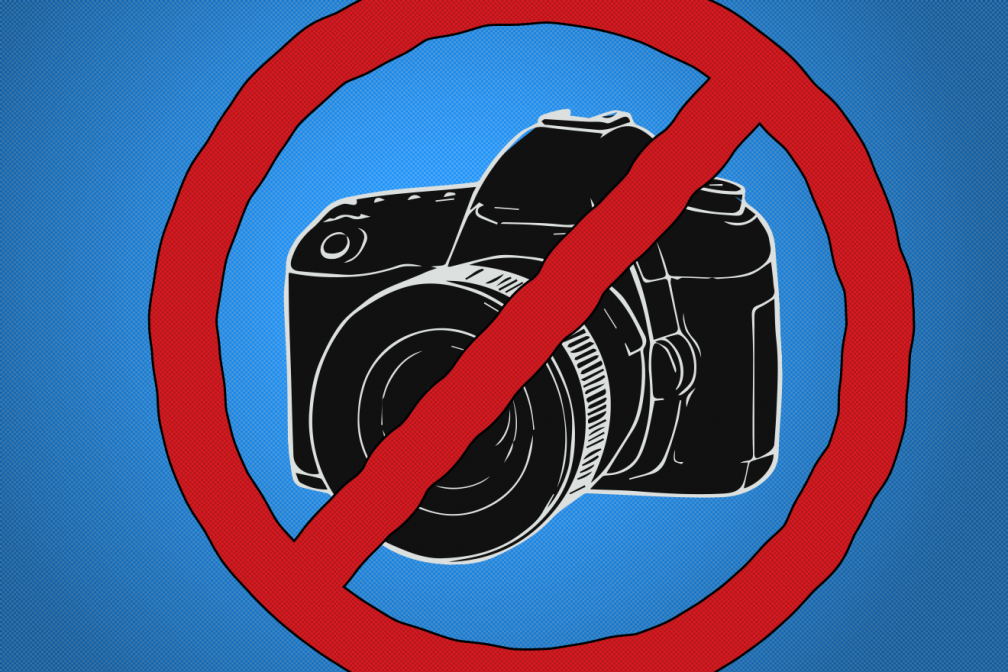 Comment
Comment
Dancing in the dark: Is club photography really necessary?
Documenting a night out is part of dance music culture – but it can have a detrimental effect on parties and the people who go to them
Promoter of a night that does still trade in membership cards, Bradley Zero also feels unfavourable about the idea of a camera being present on a personal level, mentioning that he hates a photographer being in his face for more than a few seconds. “Too many places rely on good photos above good memories,” he says, talking more generally, “big flashes, constant snapping - kills me.” Again, it’s a matter of respect and there are ways to be more subtle which ensure that everyone feels happy and relaxed. Zero mentions that Berlin party African Acid Is The Future hands out disposable cameras which makes for a more casual and also interactive and consensual approach that he loves. They’ve even previously organised an exhibition to show photos that have been taken from the night. Involving clubbers in the act of photography in a way that doesn’t involve using their phones or obstructive flash is something that would be great to see more promoters initiate, making it a fun addition to the party rather than a nuisance that’s unwelcome.
However, it’s banned completely at Rhythm Section parties, encouraging people to be present in the moment. If you’ve been to a RS party, you might be familiar with team members dipping the music down and using the microphone to tell people to stop taking photos in a polite way. It’s a rare occurrence though as people are generally very on board with photography not being a feature of the party. Sometimes it doesn’t need to be as explicit as putting stickers on the back of phones or confiscating devices in order to achieve this, with smaller parties you can relay that is the vibe and personally enforce it if people decide to go against that.
Much in the same way that you might occasionally catch someone sketching someone’s portrait from across the room while sitting in a cafe or a bar, personal drawn artistry can exist in the club space as well. Artist Felix Scheinberger goes to Berlin’s fetish clubs and often takes his sketchbook with him to recreate some of the scenes that can’t be permanently captured otherwise. It’s a much more time consuming way of creating memories but it turns those experiences into physical art that clubbers could potentially own prints of as well as visit in an exhibition capacity. Unsound festival also issued illustrations of performances in place of photography when it banned cameras from its events a few years ago. However, this isn't a widespread sustainable alternative to club photography.


